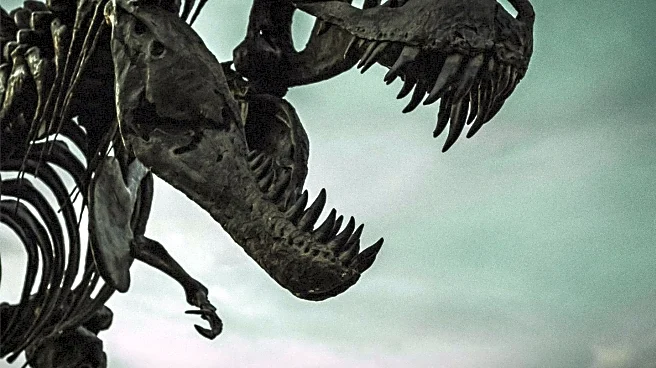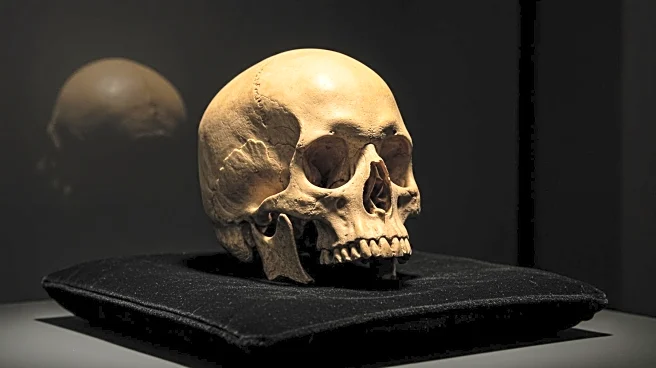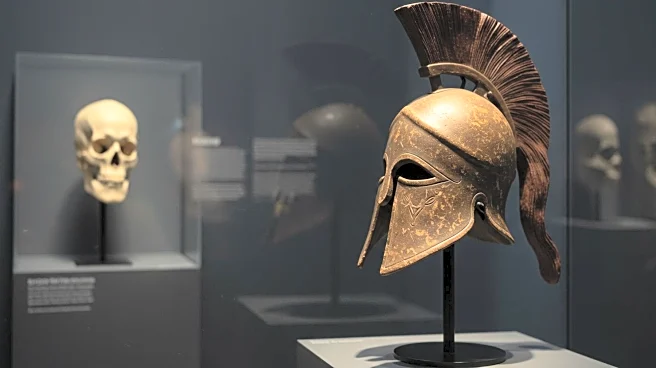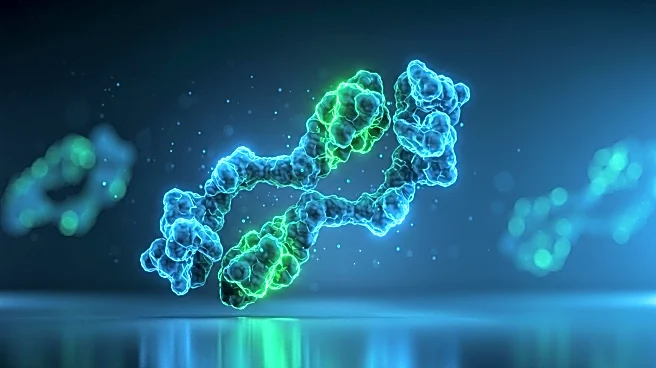What is the story about?
What's Happening?
Researchers have discovered a 140,000-year-old fossil in Israel's Skhul Cave, providing the earliest evidence of human-Neanderthal interbreeding. The fossil, belonging to a child, exhibits traits from both Homo sapiens and Neanderthals, challenging previous timelines of human evolution. The study, conducted by Tel Aviv University and the French National Centre for Scientific Research, suggests that these groups formed close biological and social connections much earlier than previously thought.
Why It's Important?
This discovery has significant implications for understanding human evolution, suggesting that interbreeding between Homo sapiens and Neanderthals occurred much earlier than previously believed. It challenges established timelines and theories about human migration and interaction. The findings may lead to a reevaluation of the evolutionary history of modern humans, impacting fields such as anthropology, genetics, and archaeology. It also highlights the complexity of human ancestry and the interconnectedness of ancient populations.
AI Generated Content
Do you find this article useful?











